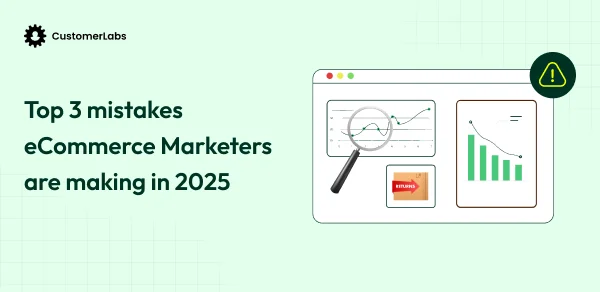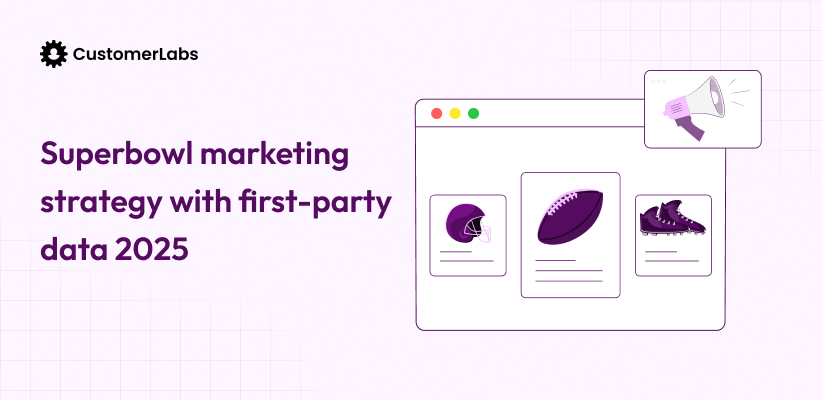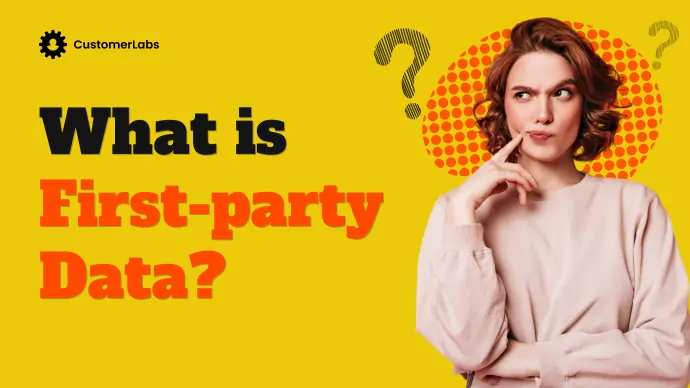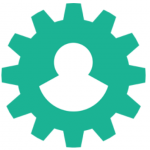First party data.
If you are a marketer, you should be hearing this very frequently wherever you go. Be it Meta or Google, everyone is talking about the importance of first-party data and how it is important to build first party data strategy for your marketing needs.
First-party data serves as a competitive advantage in a digital landscape where accuracy, privacy, and customer-centricity are paramount. By building first party data strategy, you can create personalized experiences, optimize campaigns, and build stronger, trust-based relationships with your customers.
Ready to dive into the best practices of first-party for B2B brands.
First Party Data Strategy for B2B Brands
Enhance the Tracking:
Elevate your tracking with Server-side tracking which is a more secure and reliable way to collect first-party customer data. and send it to the ad platforms or analytics tools on the server side. It captures every interaction users have with your website or app and stores the data directly on your server. This prevents data loss from ad blockers or browser restrictions, ensuring greater accuracy and reliability.
For instance, as a B2B brand, you can implement server-side tracking to monitor user behavior on your website. You can get insights into various angles of your customers, such as how often users log in or interact with specific features. With this data, you can segment the audience based on their product engagement and send personalized follow-up emails or create targeted ads.
Opt for Server-side Cookie:
Third-party cookies is dead, and that’s the history that you should be aware of. But tracking should be effective; shift to 1P domain tracking, where you can track customer data by setting a server-side cookie on your website. This is a great way for B2B brands to understand how their audience interacts across various touchpoints, such as their website, blog, product pages or resource pages.
To explain it to you with an example, a company selling industrial machinery can track visitors interacting with the product page, service request forms, and user manuals with 1PD tracking. This data can help identify prospects interested in specific equipment, enabling tailored outreach. By setting up domain-level tracking, brands can see the full customer journey and create better segmentation and personalized marketing strategies.
Import Offline Conversions:
Skipping your offline conversion data? Listen up. Offline conversion data is a collection of customer data that happens offline, but it is crucial for understanding customer behavior. You might be feeding ad platforms with online conversion setup, but you can benefit with higher ROAS if you combine online and offline conversions and send them to the ad platforms.
For example, a B2B event organizer can match attendee registration data with offline booth visits or post-event surveys. Feeding both online and offline conversion data into ad platforms like Meta helps them target attendees with relevant event updates or product showcases.
Additionally, you can also exclude the group of audiences or the audience behaviour by creating an exclusion list and directing them to the ad platform for more targeted conversions and to prevent irrelevant customers.
Retarget Anonymous Users:
With the above method practices, you can track the anonymous users who visit your website. Once you have this anonymous user data, you can start segmenting the users based on the behavior or actions they performed on the website, such as pages visited, time spent on site, or downloaded content. Now, you can craft ad copies to re-engage with users, setup personalized retargeting campaigns and move these “unknown” users further down the funnel
For instance, a B2B supplier can track the users who have downloaded a product brochure or checked out the catalog pages. With this data, retargeting campaigns can be setup with engaging content such as personalized offers on bulk purchases, or brands can strategically trigger the FOMO factor of the audience to act faster and move towards conversions.
Attribution reporting inside the ad platforms:
Attribution reporting in ad platforms helps you get clarity on the crucial touchpoints that the customer does before completing the desired action, such as signing up, purchasing, or requesting a demo. It identifies and assigns value to the marketing touchpoints (ads, emails, social posts, etc.) that contributed to a conversion, allowing you to evaluate campaign performance more accurately.
With first-party data, you can enhance the data accuracy of the attribution reporting. You can track how different channels contribute to conversions and better understand the customer journey. By analyzing which campaigns, channels or actions lead to conversions, you can make data-driven decisions to fit the desired business objective.
For a HR software company, for instance, running a multi-channel campaign can track customer actions, such as who clicked a Meta ad promoting a whitepaper, downloads, website visitors and demos signed up after a follow-up email. Attribution reporting ties these touchpoints together, thereby increasing the attribution accuracy.
Attribution models in Lookerstudio:
Looker Studio (formerly Google Data Studio) is a reporting tool that integrates with various data sources, such as Google Analytics, Google Ads, and CRM systems, to visualize attribution data. By implementing first-party data, you can build custom attribution models tailored to the customer journey, blending data from multiple sources and destinations.
For instance, a B2B e-commerce platform can use Looker Studio to create custom attribution models that show which combination of online ads, email campaigns, and social media posts led to purchases. This data can help refine marketing efforts and allocate resources more effectively.
The end… I meant the first-party data strategy.
By implementing these practices for your brands, you can arm yourself in the battle field of marketing by gearing up with first-party data strategies.
Having said that, I have a recommendation for you in the coming up section to take some burden off of your shoulders.
A recent study revealed that 84% of the marketers rely on the first-party data to drive audience insights.
The 26% of the marketers are still not even aware of first-party data, and some may not be able to implement it. Whether you are in the 26% or 84% of the marketers, you will need a robust tool like 1PD ops to build an effective first-party data strategy.
First party data Strategy Made Simple with 1PD Ops
1PD ops is nothing but a platform that collects, unifies, and activates your first-party data, both online and offline, by facilitating various integrations with sources and destinations.
With CustomerLabs 1PD Ops, you can enable server-side and 1PD tracking with just a few easy integrations, set triggers on your website to track actions, send offline conversion data with a click, and feed both online and offline data to ad platforms by customizing events that you send and segmenting the audience that you want to target for every specific campaign that you run on Meta.
The results—you can shoot your ROAS like never before, control your CPP and CPC, and increase your incremental revenue by building a first party data strategy with 1PD Ops.
Let’s call it a wrap
It’s 2025 people if you are still not practicing first party data strategy for your performance marketing efforts. Oops, you are way, way, way back. Practicing first-party data will not just leave you with customer data but can take your campaign targeting and optimization to the next level.
I believe the above lists should help you with how’s and what’s of first-party practices.
And to a smart marketer like you, 1PD ops like CustomerLabs can be a magical wand; you just have to know to swing the wand and say the right strategy.
Enhance your marketing just by relying on first-party data, and make it simple with a 1PD ops. Book your demo now







